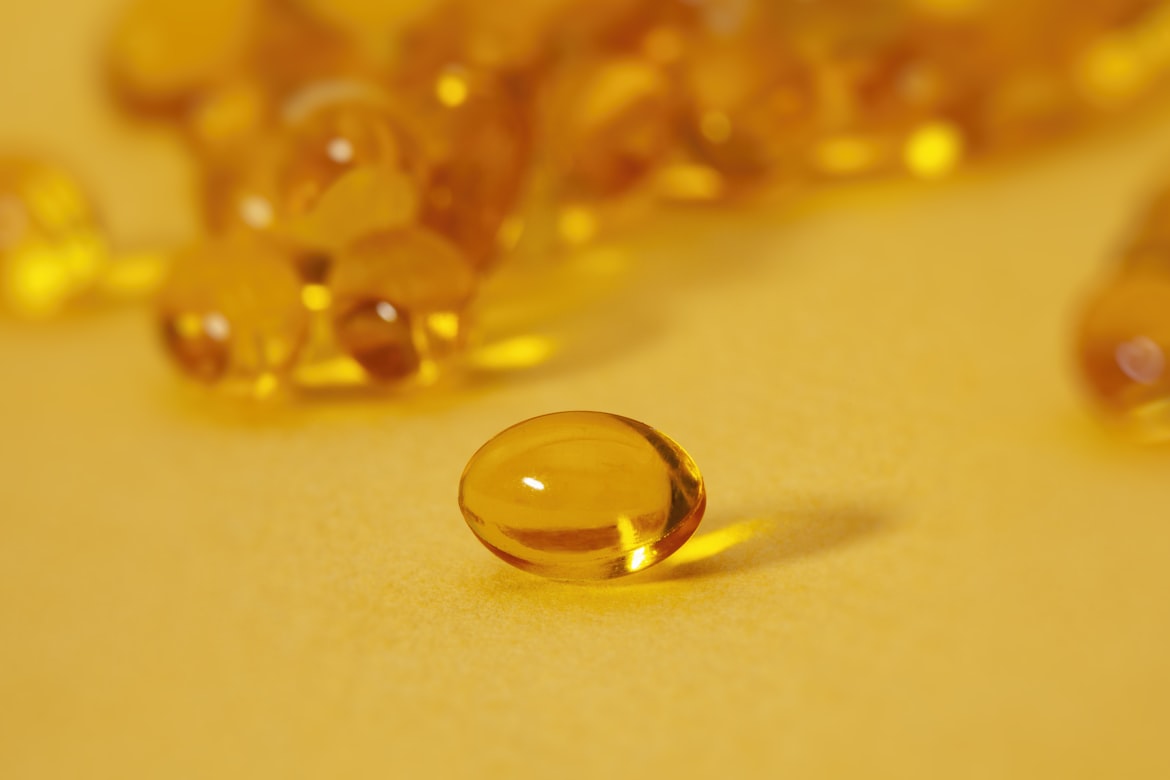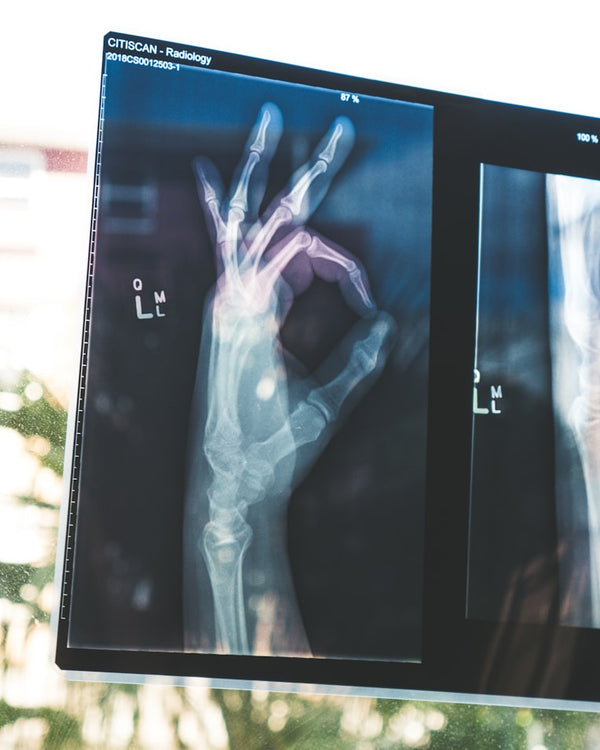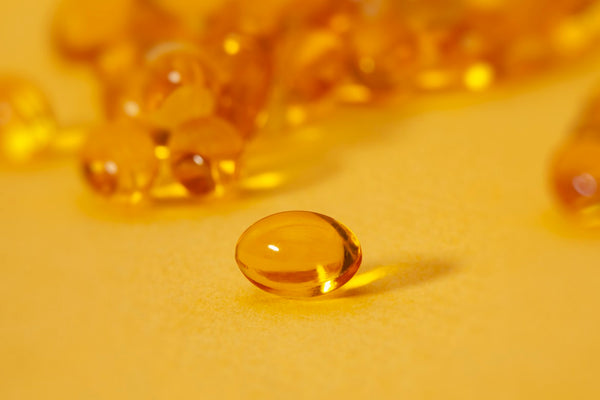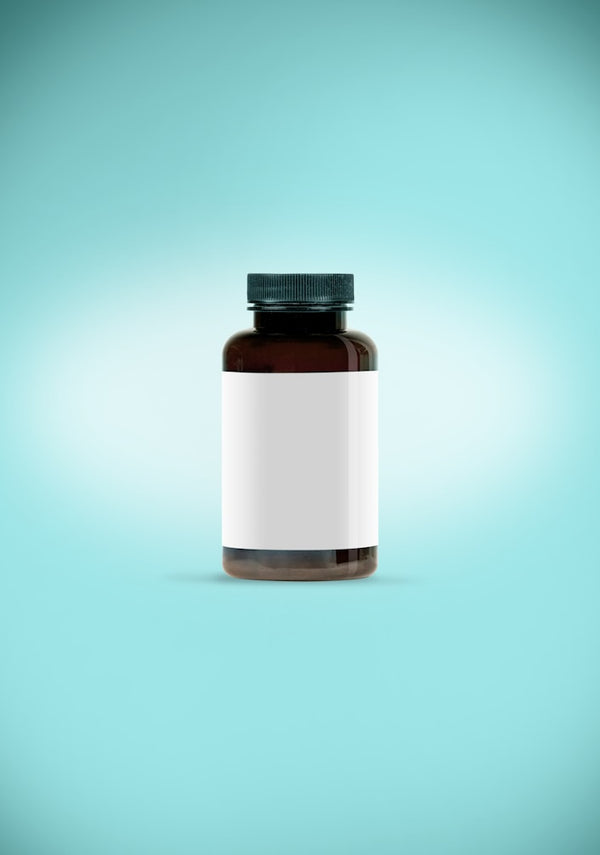In addition to all other vitamins and important nutrients, vitamin D occupies a special position. Vitamin D has many known effects in the human body and other effects are still being researched. Strictly speaking, vitamin D is a group of fat-soluble secosteroids. The most important of these are D3 and D2. In the following we use the term vitamin D to refer to variant D3, as this has the most far-reaching effects.
Consequences of vitamin D deficiency
It is estimated that around 1 billion people worldwide are vitamin D deficient. It is estimated that it affects up to 50% of the population in Europe and North America. If you look at what consequences such an undersupply can have, it is very worrying. The most well-known consequences of a vitamin D deficiency are:
- Reduced bone density and thus fragile bones and a higher risk of fracture.
- Muscle weakness, muscle twitching and muscle pain. The twitches are usually a result of too little calcium, which cannot be absorbed due to the vitamin D deficiency.
- Weakening of the immune system.
Sunlight and Vitamin D
Vitamin D can be produced either directly from food or with the help of sunlight. In the diet, vitamin D is found naturally in the following foods in particular: fish with a high fat content (tuna, salmon), egg yolk, beef liver and fish liver. However, most people do not get enough vitamin D from food.
The body can also produce this vitamin D itself by converting a precursor of vitamin D into vitamin D with the help of UVB radiation in sunlight. However, since many people spend more and more time indoors and the sun shines much less strongly in Europe in winter, a large proportion of them are unable to cover their vitamin D requirements through solar radiation alone.
Dietary supplements
A very good way to ensure a healthy vitamin level is to take it via dietary supplements (in the form of drops or pills). Many health authorities, including the Swiss BAG, recommend taking vitamin D every day.
Caution: You should definitely follow the recommendations of your doctor or health authorities regarding the amount to be taken, because it is possible to overdose on vitamin D and have symptoms of poisoning.
Vitamin D level test
Luckily, it's very easy to test your vitamin D levels these days. You can either have it done easily by your family doctor or do a test yourself at home. Typically, the level of 25-hydroxyvitamin D in the blood is tested. This is usually given in nanomoles per liter (nmol/L). Sometimes the test result is given in nanograms per milliliter (ng/mL). In this case, the value can simply be divided by 2.5 and you get nanomoles per liter (i.e. 20 ng/mL = 50 nmol/L). In general, the values can be evaluated as follows:
- Severe deficiency: < 30 nmol/L
- Deficiency: < 50 nmol/L
- Insufficiency: 50-75 nmol/L
- Normal: 75-250 nmol/L
You can also buy your sun-a-wear sensor in a bundle with a vitamin D home test at a reduced price. This simple test allows you to know where you stand and the result will usually be sent to you by email the next working day.
See also
- Vitamin D deficiency in the population
- Pill or sun?
- When should you use sunscreen?
- Wikipedia on vitamin D: https://en.wikipedia.org/wiki/Vitamin_D
Sources:
- One billion people are vitamin D deficient: https://pubmed.ncbi.nlm.nih.gov/23371942/













